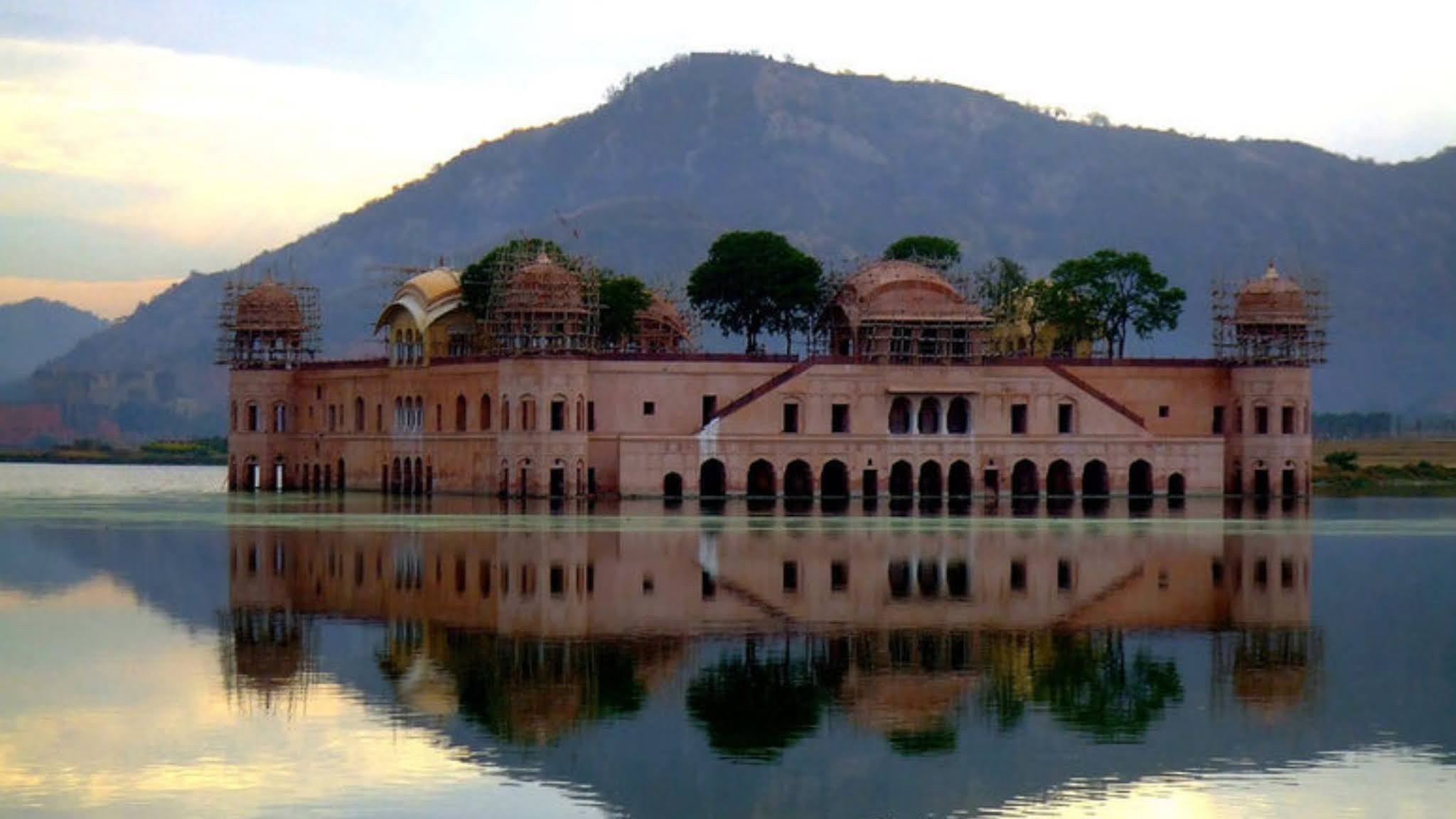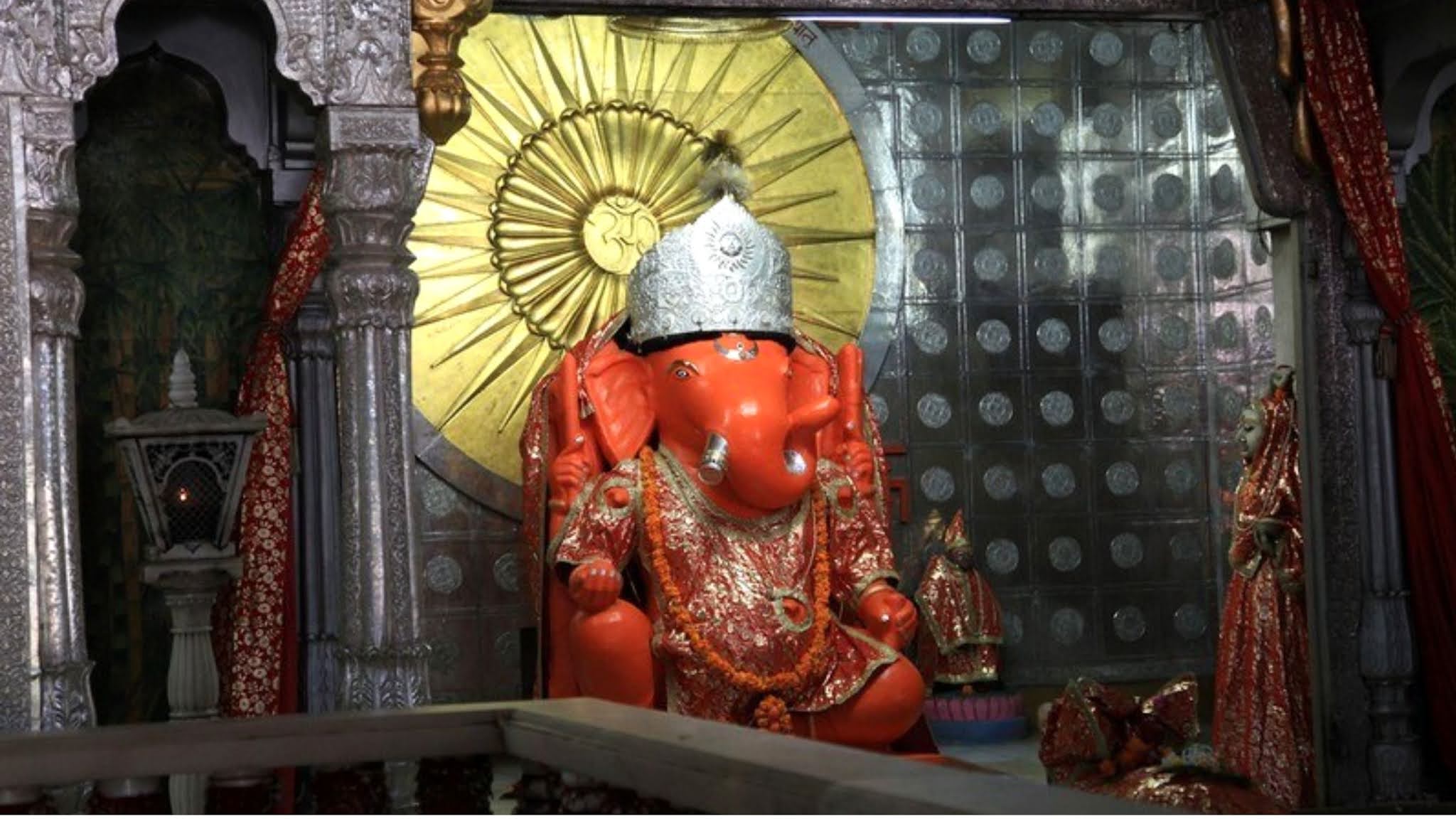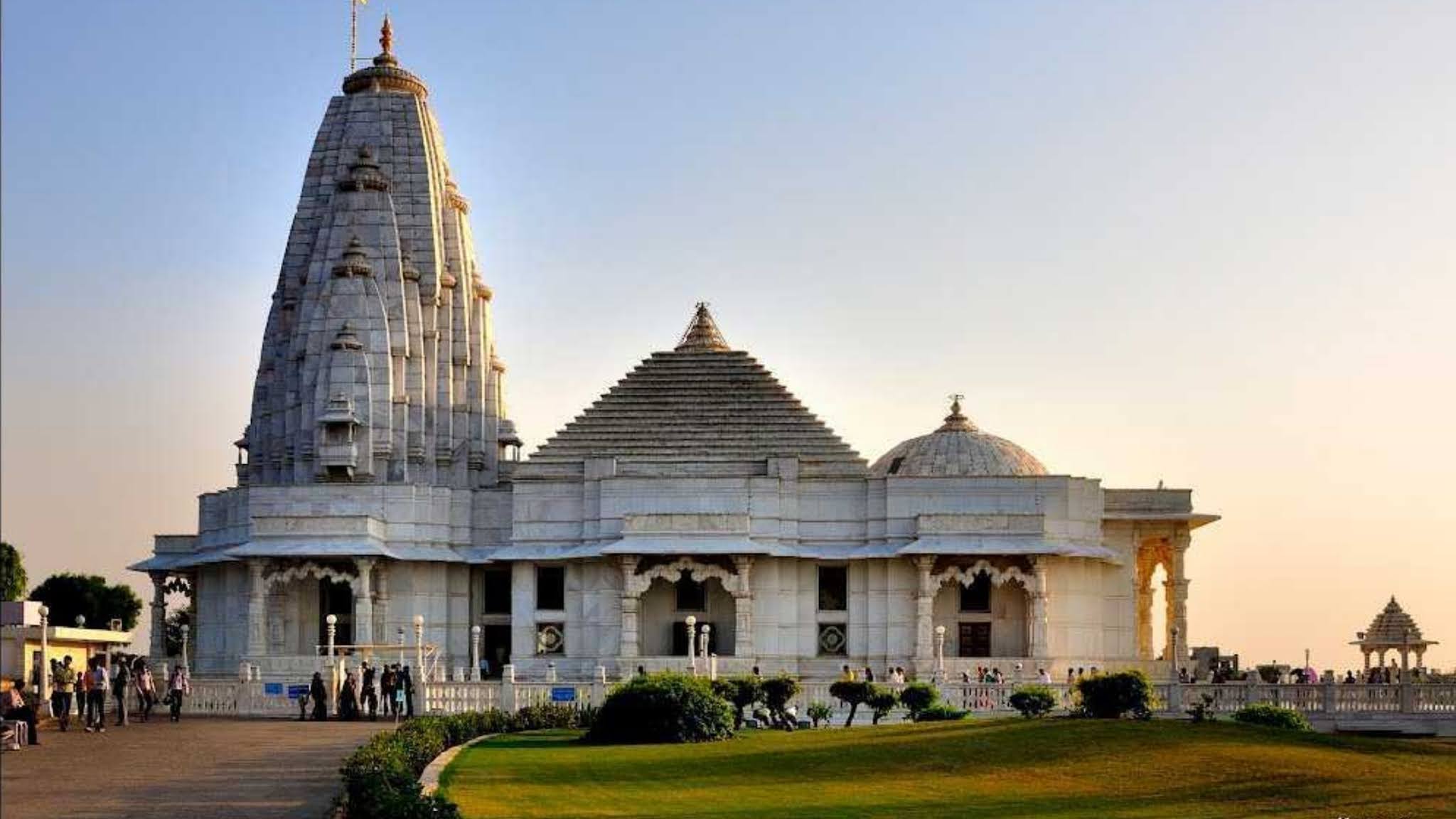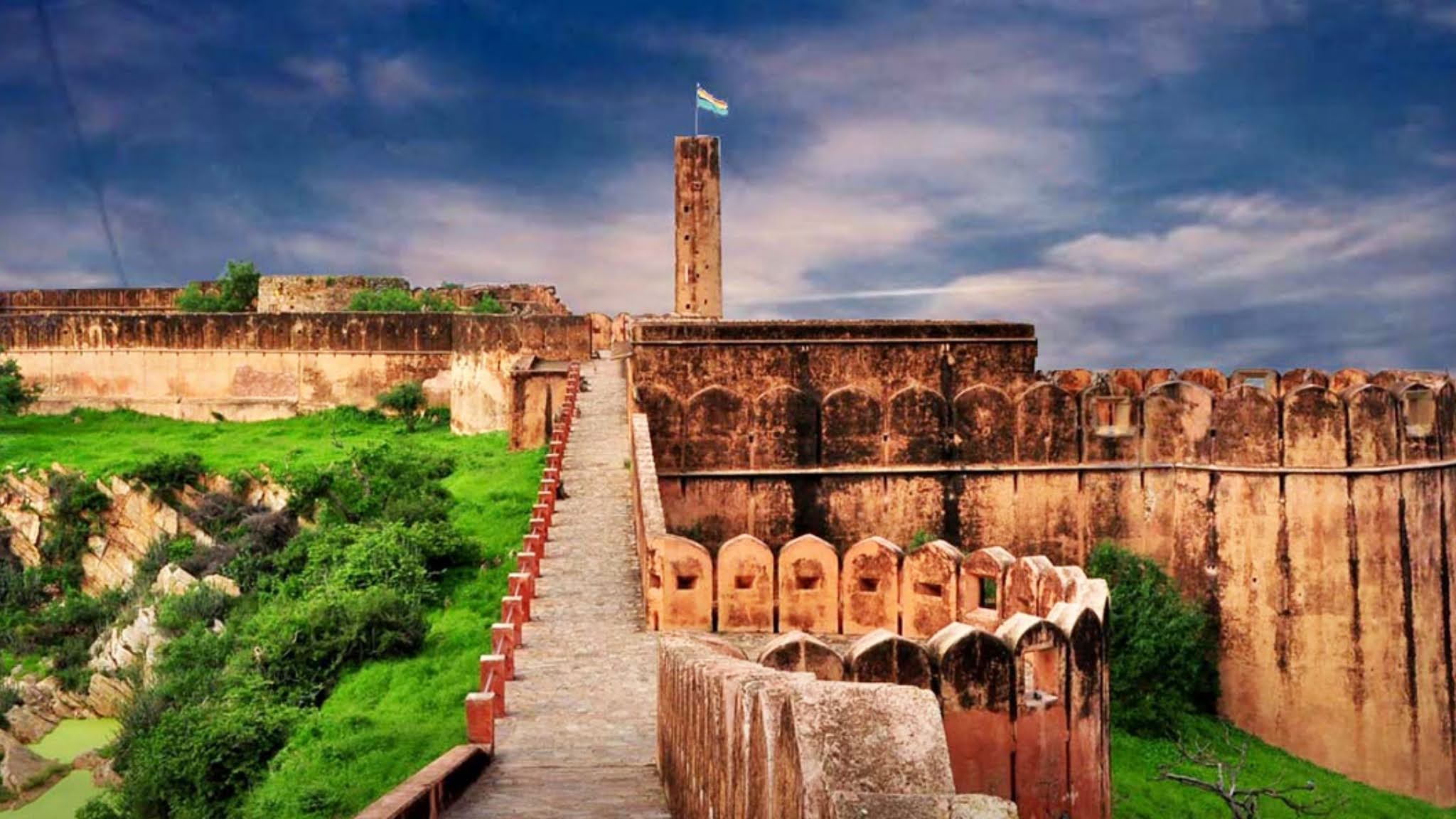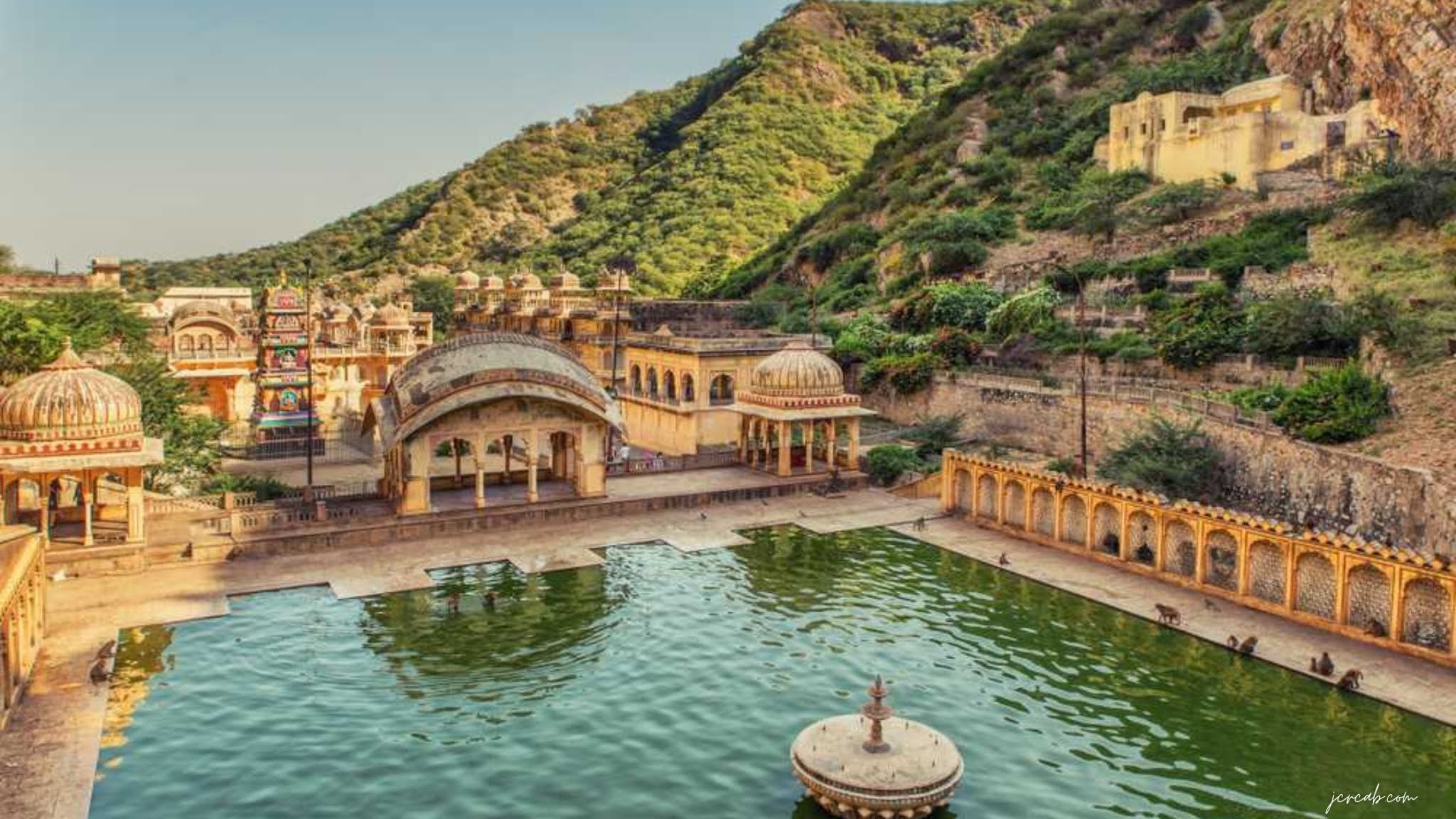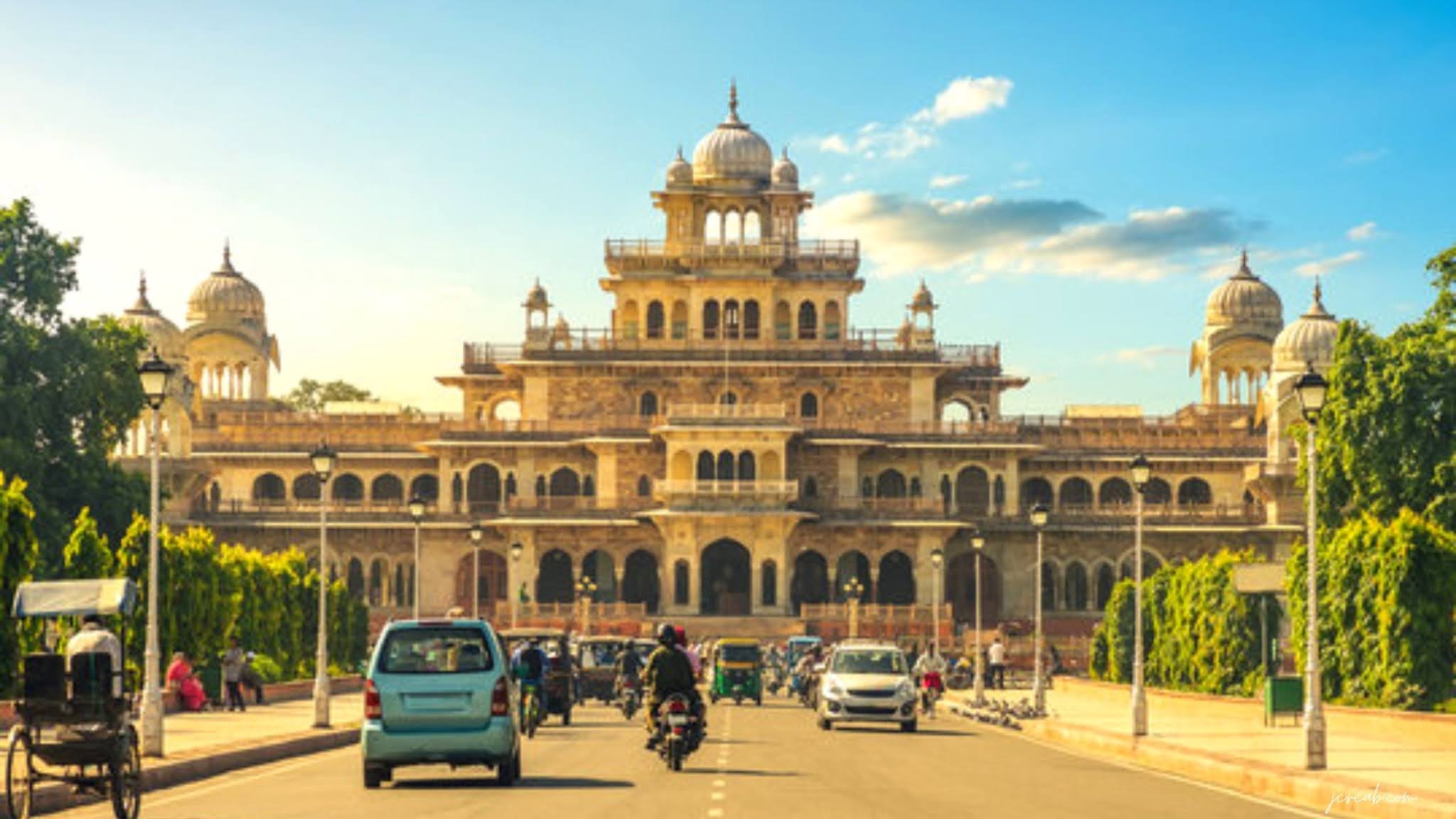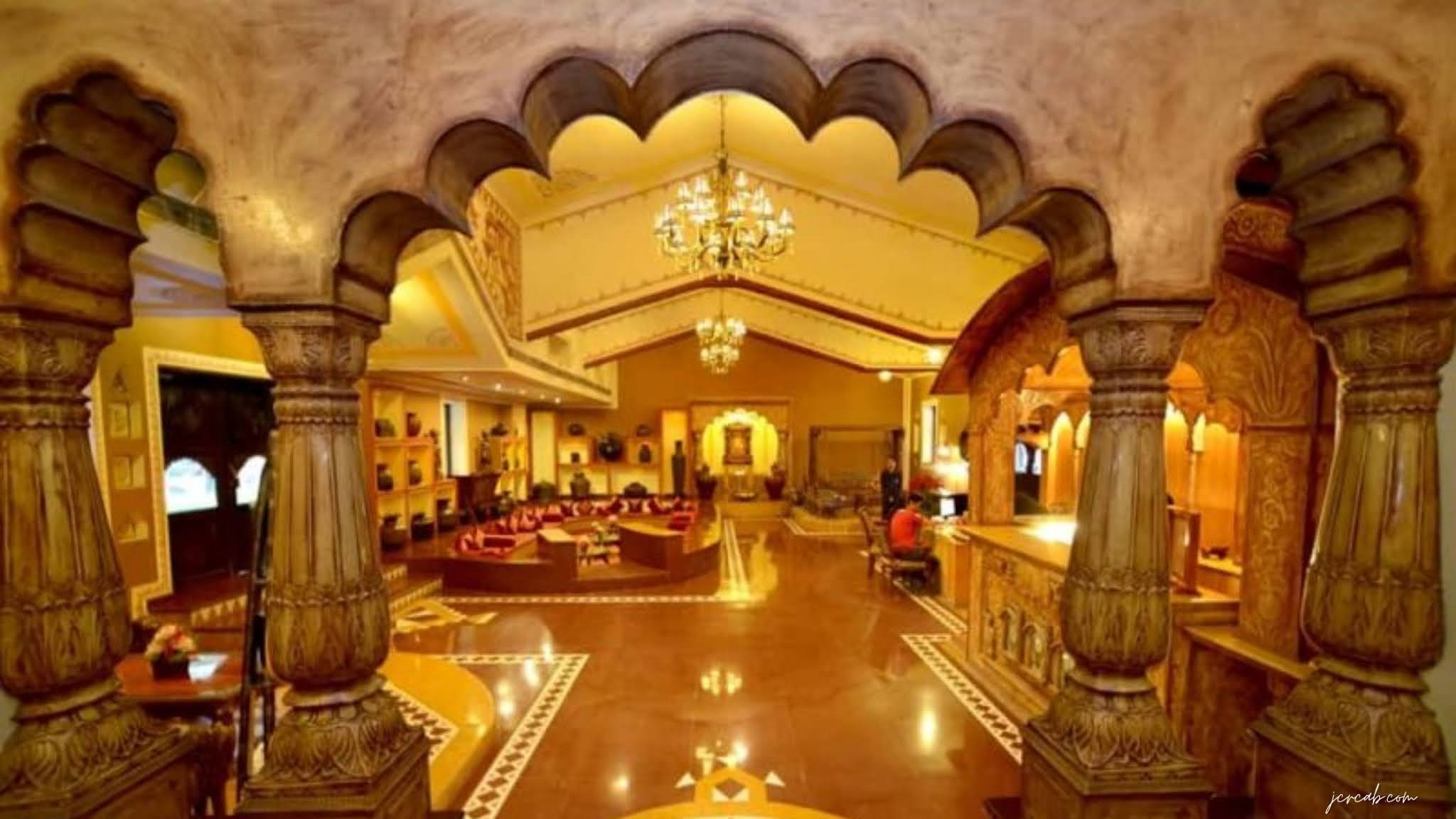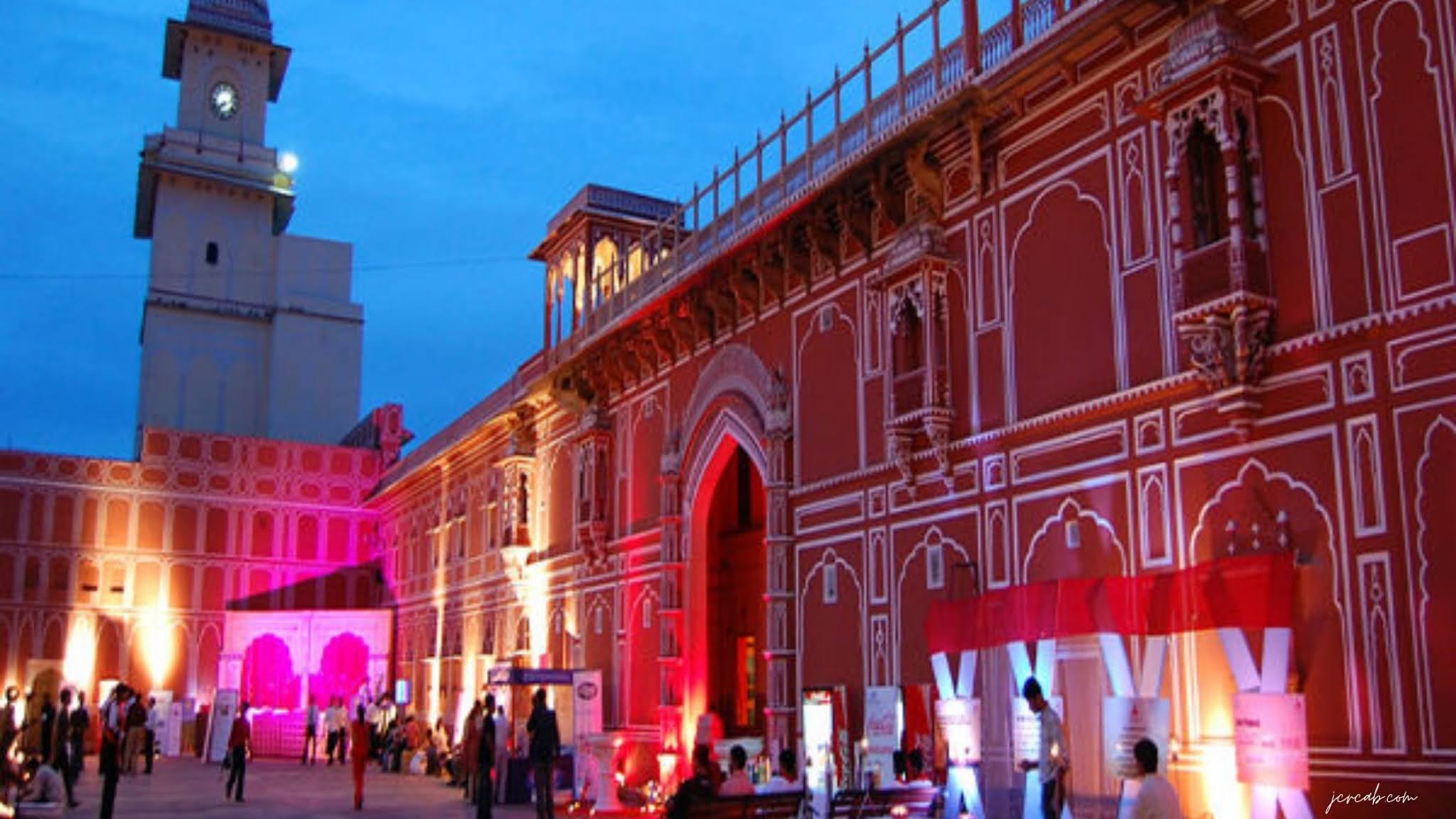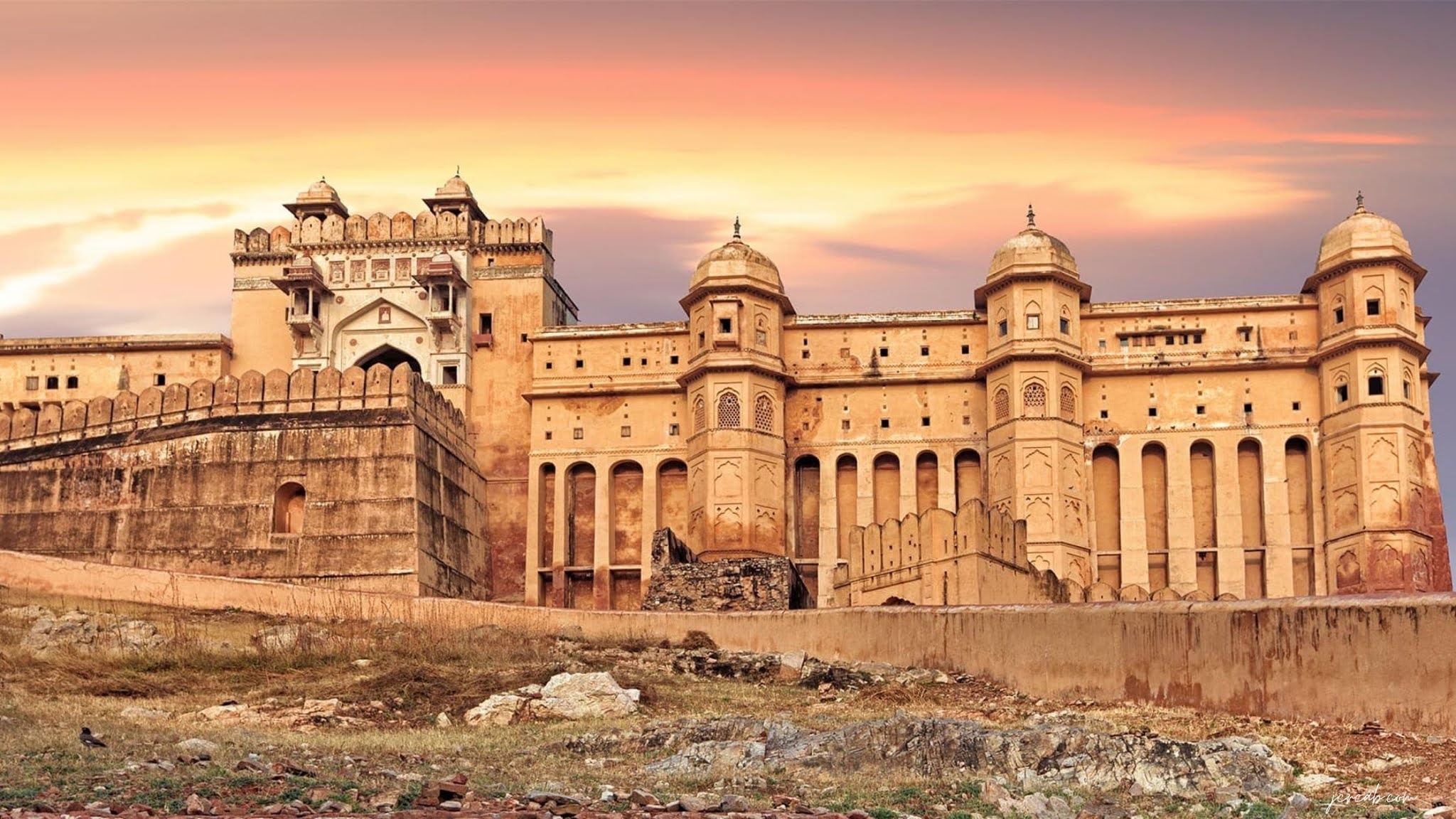Jaipur, the capital of Rajasthan, has a 5-story water palace. Its 4 floors have been submerged in water for the last 300 years. What was the use in the construction of this palace which did not go bad even after being in the water for 300 years?
Jaipur. The architecture of India and the grand construction of kings remain a challenge for the engineering of the 21st century. Rajasthan's capital Jaipur has a 5-story water palace. Its 4 floors have been submerged in water for the last 300 years. The question is that 300 years ago when people could not build pucca houses, what was the use in the construction of this palace which did not go bad even after being in the water for 300 years. Choose a fleet and rent a taxi service in jaipur for a closer look at Jal Mahal with JCR CAB.
There was a special reason behind the construction of Jal Mahal, which is known by very few people, when a famine occurred in this place in the 15th century, the ruler of Amer decided to build a dam so that the water coming out of the mountains of Amer and Amagarh could be collected. For the drainage of water, 3 inner doors were built underwater and Mansagar lake was prepared.
Why Jalmahal was built between the dam
The beauty of this lake was the center of attraction of the kings of that time and kings often used to visit it in a boat. King Sawai Jai Singh decided to build a palace in the middle of the lake so that he could take a royal bath in the middle of the lake with his queen and pandits after the Ashwamedha yagna. Jal Mahal, which narrates its story amidst the lake, is a five-story building, whose 4 floors are built underwater and one is seen above the water.
Also Read:
What material was used in the construction of Jalmahal
In this five-story palace, whose four floors are always immersed in water and only one floor is seen. There is no leakage of water from any corner of this palace as strong limestone has been used to build it and very thick walls have been built.
How many rooms are there in Jal Mahal of Jaipur?
Jal Mahal was constructed as a picnic spot, not residential. You will be surprised to know that there is no room inside Jal Mahal. The kings never rested in this palace. Inside this palace, there is only a corridor and a garden on the roof.
_____ _
+919799735500
info@jcrcab.com
https://www.jcrcab.com/

